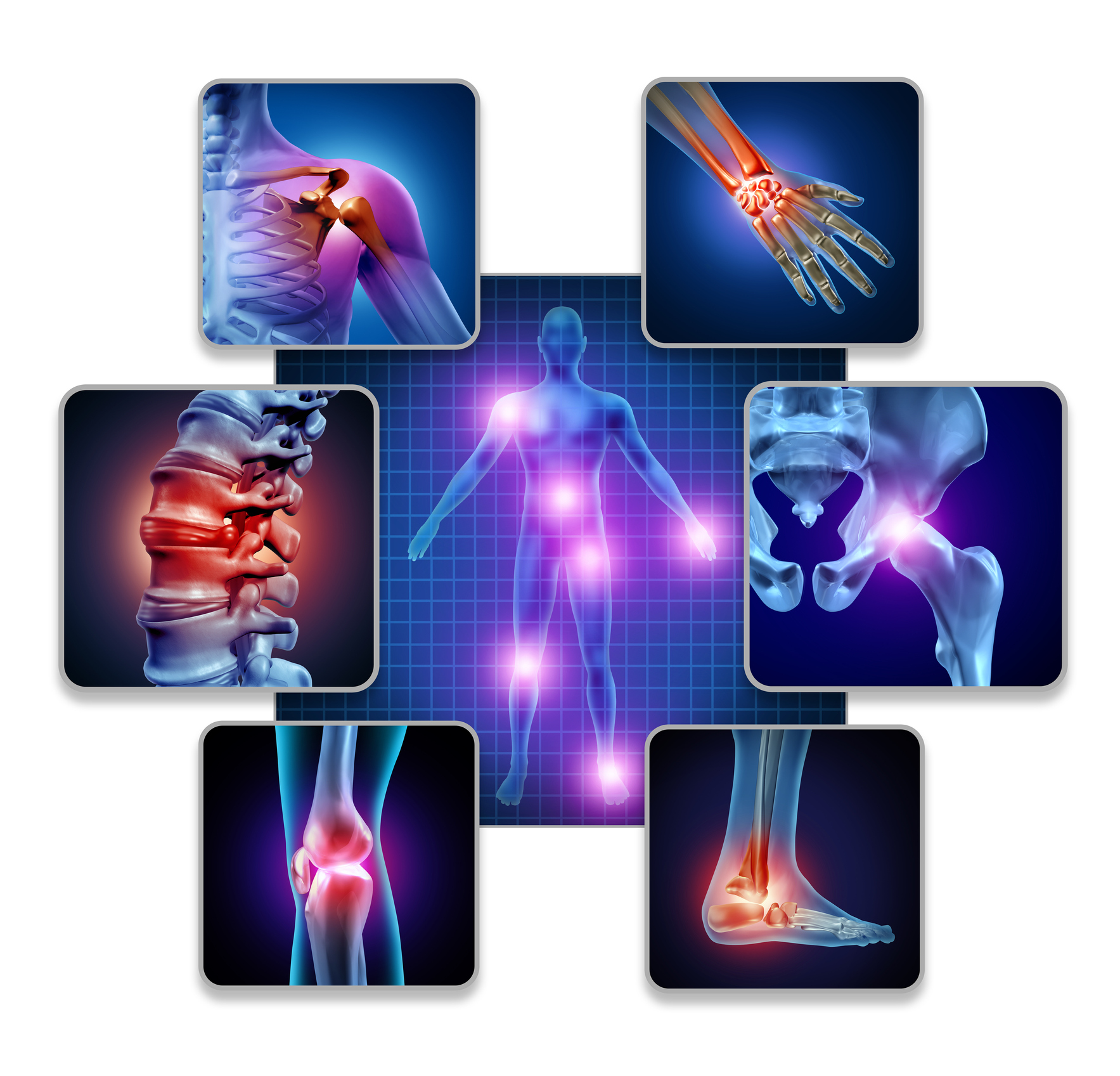This study compared the effects of self-selected exercise intensity (SEI) versus predetermined exercise intensity (PEI) on blood pressure (BP) and arterial stiffness in adolescents with obesity. A total of 37 adolescents, 14.7 (1.6) years old, body mass index ≥95th percentile were randomly allocated into SEI (n = 18; 12 boys) or PEI (n = 19; 13 boys). Both groups exercised for 35 minutes on a treadmill, 3 times per week, for 12 weeks. The SEI could set the speed at the beginning of the sessions and make changes every 5 minutes. The PEI adolescents were trained at an intensity set at 60% to 70% of heart rate reserve. Brachial and central BP, pulse pressure, augmentation index, and carotid-femoral pulse wave were determined at baseline and after 12 weeks. Both groups reduced brachial systolic BP (SEI, Δ = -9 mm Hg; PEI, Δ = -4 mm Hg; P < .01), central systolic BP (SEI, Δ = -4 mm Hg; PEI, Δ = -4 mm Hg; P = .01), and central pulse pressure (SEI, Δ = -4 mm Hg; PEI, Δ = -3 mm Hg; P = .02) without differences between groups. No changes in the augmentation index and carotid-femoral pulse wave were observed in either group. The SEI induced similar changes in various cardiovascular outcomes compared with PEI in adolescents with obesity.
Cardiovascular Effects of Aerobic Exercise With Self-Selected or Predetermined Intensity in Adolescents With Obesity.


